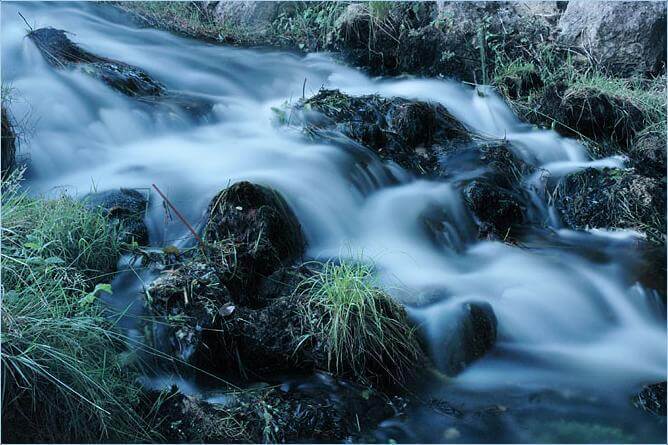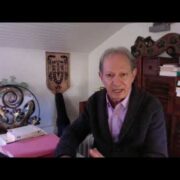Does what you do motivate you? If the answer is no, what do you intend to do to change it? Are you a flowing river or a stagnating pond? In this article, we’re going to transfer the two concepts of flow and engagement to the field of personal and mental health. They’ve both been highly elaborated in the area of organizations and work psychology, and their application is interesting when employed in the personal sphere on a daily basis.
Both flow and engagement refer to the way in which you move through life in a committed and fluid way. They refer to the experience of flow with the events that happen to you, your motivation and passion for the activities that you carry out, and your constancy or perseverance in the face of certain difficulties.
“The concepts of flow and engagement refer to optimal and extremely enjoyable experiences characterized by focused attention and concentration, the existence of challenging goals and control over the situation, time distortion, and intrinsic enjoyment.”
-Salanova-
Flow
Do you flow? This concept refers to both an experience and a state. It’s like the glasses through which you look at life.
Mihály Csíkszentmihályi was a psychologist, of Hungarian-American origin, who brought this intuitive concept to life. He saw flow as the optimal experience of enjoyment. It occurs when an individual is motivated and trained to carry out an activity that’s also challenging.
In a state of flow, you bring out the best in yourself without even realizing it. Moreover, you use all your resources and potential to achieve your goals. At the same time, you control both your environment and yourself.
Intrinsic and extrinsic motivation
The activities you carry out must be reinforcing for you in an intrinsic way. There are two kinds of motivation, extrinsic and intrinsic.
- Extrinsic motivation implies that you do something to achieve something else, externally. For example, you work for money or make a delicious meal for your family so they can enjoy it.
- Intrinsic motivation refers to what you get out of an activity, regardless of whether you achieve something externally. For instance, you might work and feel fulfilled, or look for a job that makes you feel better. On the other hand, you might cook because you enjoy it or find it relaxing.
The activities that allow you to remain in a state of flow must be intrinsically satisfying. They must activate the internal motors that allow you to focus on them to the point that you lose track of time when doing them.
“Flow is a more isolated process and related to specific characteristics or tasks.”
-Salanova-
Engagement
Many authors view engagement as a positive emotional state. It’s related to fulfillment, dedication, and absorption by the things that make you feel fulfilled. For the psychologist Segovia, engagement is characterized by three features:
Vigor
Vigor implies high levels of energy and mental activation, as well as the willingness and predisposition to invest effort and persist despite difficulties. It’s the most behavioral component of engagement.
Vigor is characterized by mental resistance and the desire to make an effort in the activities you carry out.
Dedication
Dedication concerns being enthusiastic, being proud of yourself, and, consequently, feeling, inspired. It’s also accompanied by feelings of importance and challenge and is the factor with the greatest predictive value. Therefore, it’s the most important in terms of satisfaction.
Dedication refers to involvement and feelings of enthusiasm and pride in what you are and what you do.
Absorption
You might think that getting sucked into something is bad. However, this couldn’t be further from the truth. In fact, healthy absorption is understood as a state of concentration. It’s the feeling that time passes quickly and that you find it hard to drag yourself away from what’s absorbing you because it makes you feel so good.

Are you a flowing river or a stagnant pond?
Learning to move with life is an art that we can all learn to enjoy. You need to stop and look at your surroundings and figure out how you can improve them. You should also carry out acts of self-care that provide you with experiences of flow and engagement.
In conclusion, both flow and engagement refer to intrinsic and positive motivations, but with some differences. For example, Salanova claims that engagement is a state that lasts longer, is more stable over time, and is more general. On the other hand, he sees flow as a more isolated process that’s related to the specific task that you’re carrying out.
The post Flow and Engagement: Are You a Flowing River or a Stagnating Pond? appeared first on Exploring your mind.



















Comments